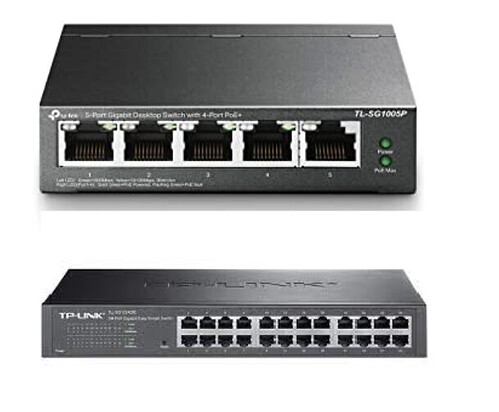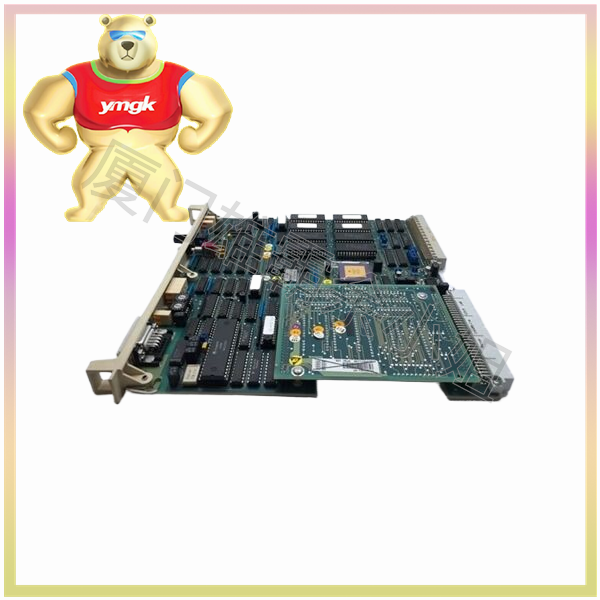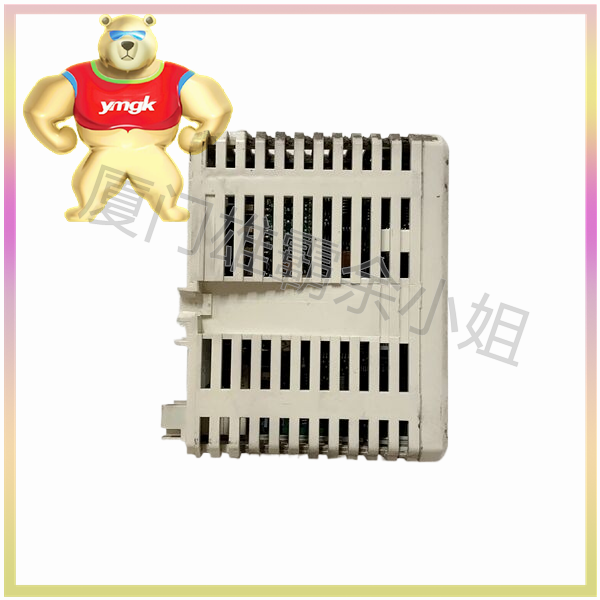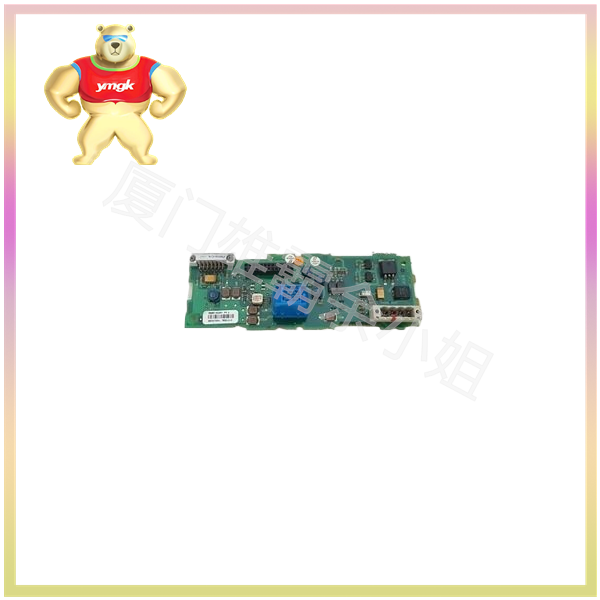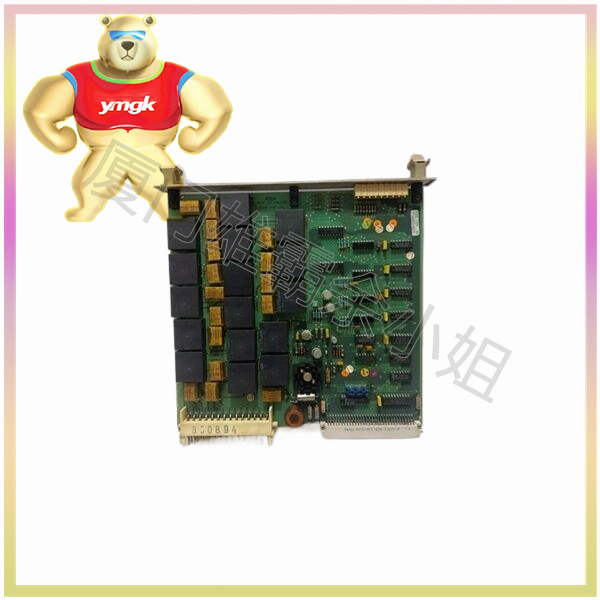- Advantages of Solid State Relays
(1) High lifespan and high reliability: SSR has no mechanical components and solid components to complete the contact function. Due to the absence of moving parts, it can work in high impact and vibration environments. The inherent characteristics of the components that make up solid-state relays determine their long lifespan and high reliability.
(2) High sensitivity, low control power, good electromagnetic compatibility: Solid state relays have a wide input voltage range, low driving power, and can be compatible with most logic integrated circuits without the need for buffers or drivers.
(3) Fast conversion: Solid state relays can switch from a few milliseconds to a few microseconds due to their use of solid materials.
(4) Electromagnetic interference laugh: Solid state relays do not have input “coils”, contact arcing and rebound, thus reducing electromagnetic interference. Most AC output solid-state relays are zero voltage switches that conduct at zero voltage and turn off at zero current, reducing sudden interruptions in current waveforms and thus minimizing switch transient effects.
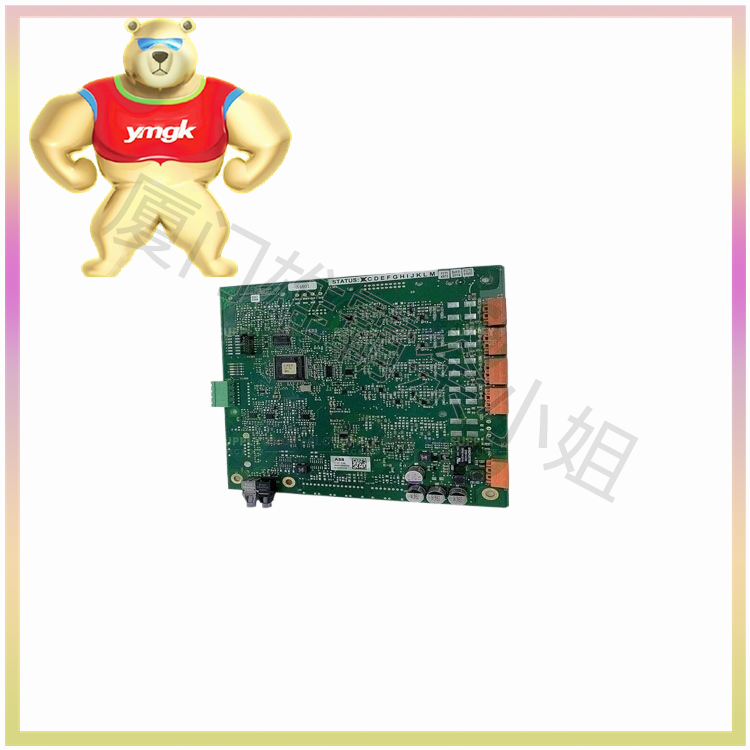
- Disadvantages of Solid State Relays
(1) The voltage drop of the transistor after conduction is large, and the forward voltage drop of thyristor or bipolar thyristor can reach 1-2V. The saturation pressure of high-power transistors is between 1-2V, and the conduction resistance of general power field-effect transistors is also higher than that of mechanical contacts.
(2) Even after the semiconductor device is turned off, there can still be leakage currents ranging from microamperes to milliamps, so ideal electrical isolation cannot be achieved.
(3) Due to the large pressure drop of the tube, the power consumption and heat generation after conduction are also high. The volume of high-power solid-state relays is much larger than electromagnetic relays of the same capacity, and the cost is also higher.
(4) The temperature characteristics of electronic components and the anti-interference ability of electronic circuits are poor, and their radiation resistance is also poor. If effective measures are not taken, the reliability of operation will be low.
(5) Solid state relays are highly sensitive to overload and must be protected with fast fuses or RC damping circuits. The load of solid-state relays is significantly related to the ambient temperature, and as the temperature increases, the load capacity will rapidly decrease.

